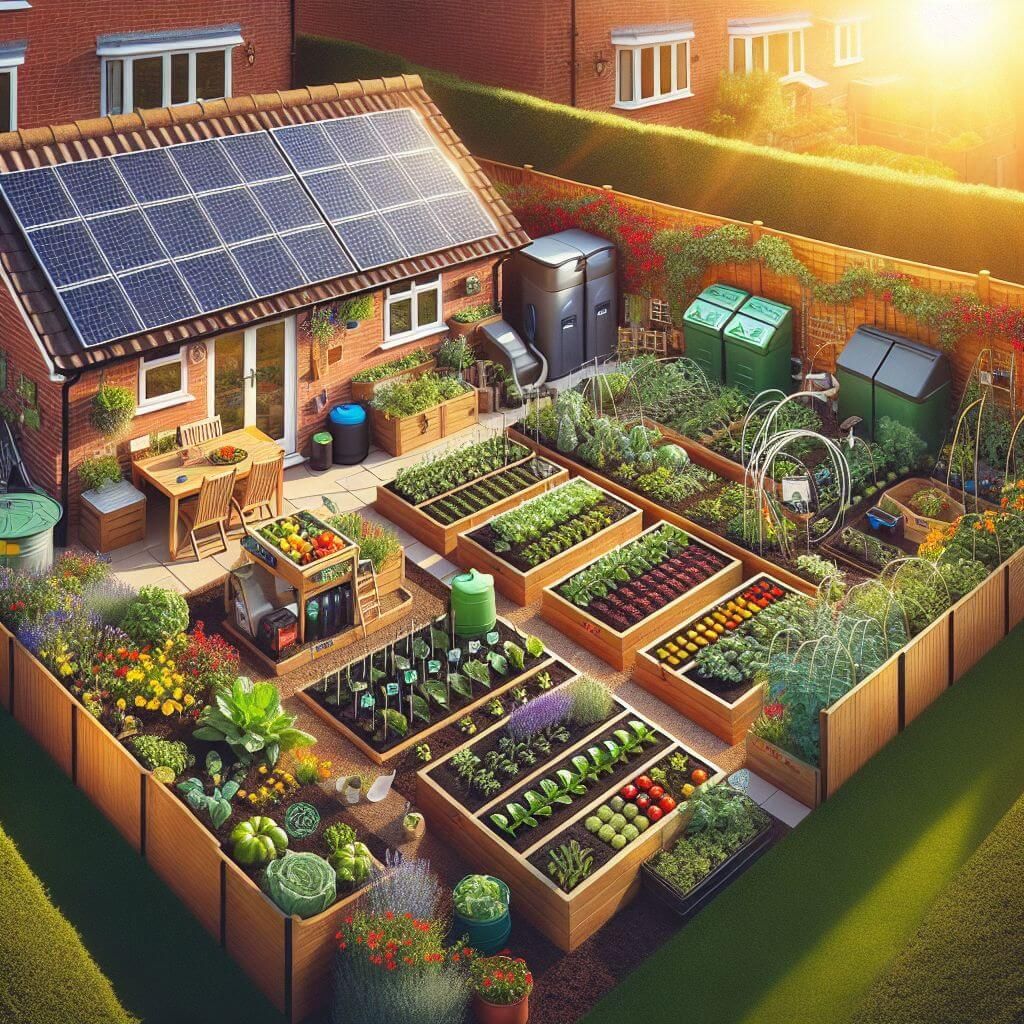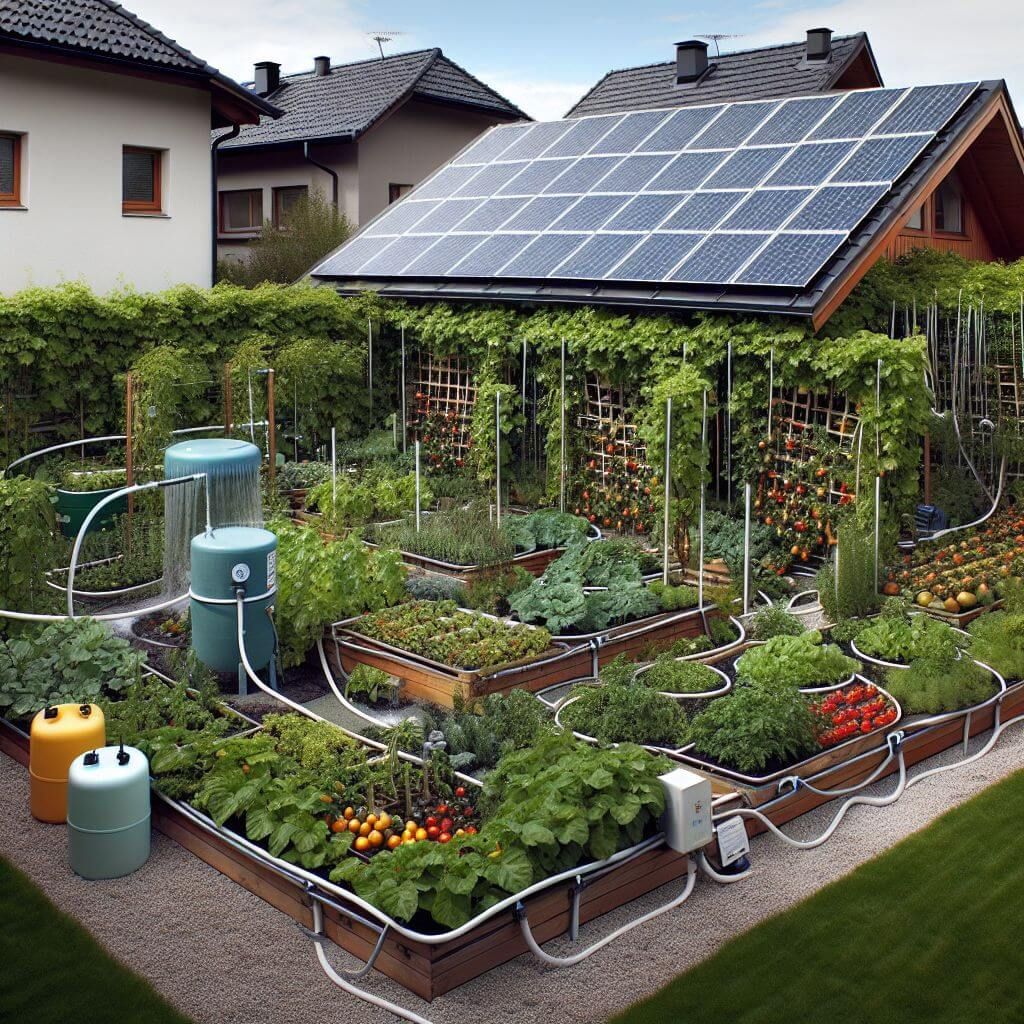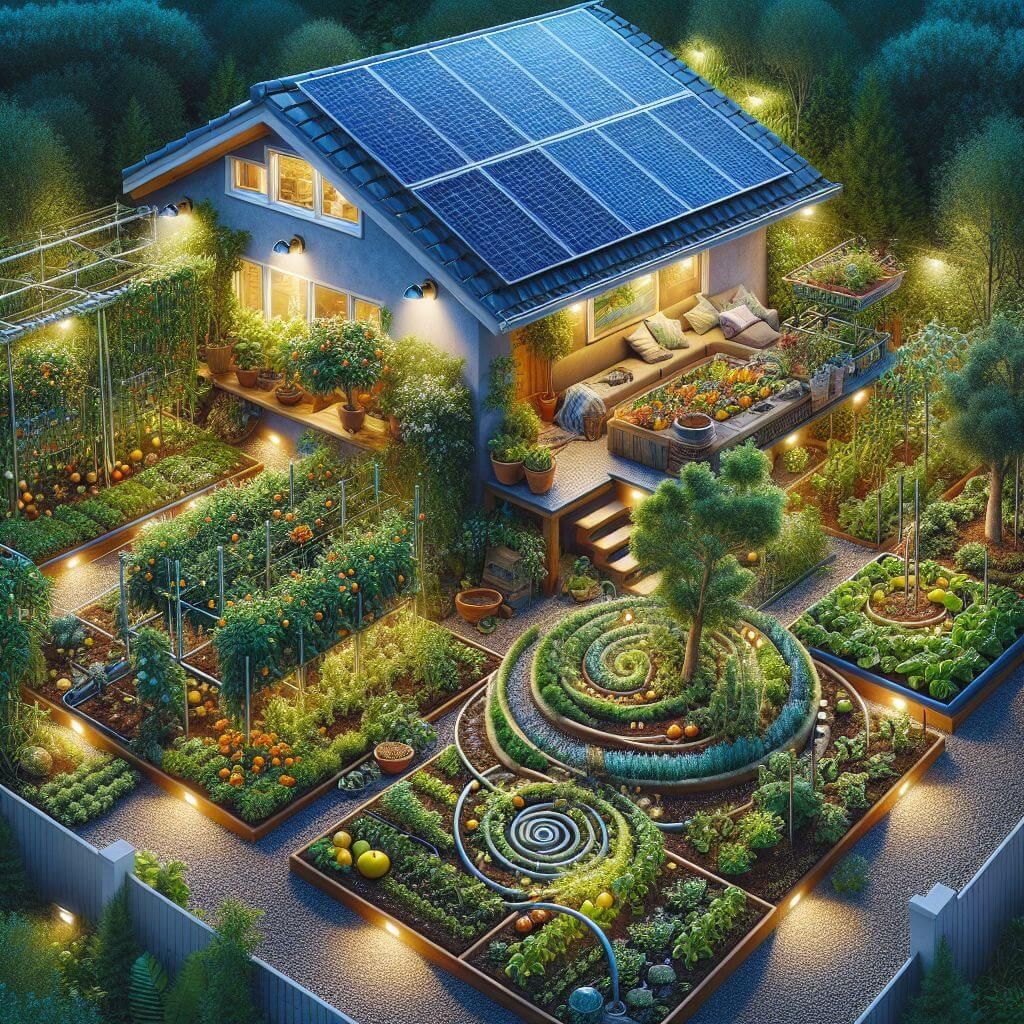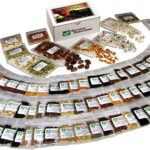
When it comes to empowering ourselves and ensuring a resilient future, one of the most practical steps we can take is to create a survival garden powered by solar energy. It’s a solution that not only provides food security but also embraces sustainable living. Let’s dive into how you can harness the power of the sun to cultivate a thriving garden that can weather any storm.
Key Takeaways
Solar panels can power essential gardening tools and irrigation systems, reducing reliance on the grid.
Choosing the right solar equipment involves understanding your garden’s energy needs and sun exposure.
DIY solar installations can be simple, cost-effective, and customized to your garden’s layout.
Resilient gardening includes selecting hardy plant varieties and designing your space for optimal sunlight.
Solar-powered lights and security systems enhance the functionality and safety of your garden.
Power Your Garden with the Sun: Simple Solar Techniques

Imagine a garden that not only feeds your family but also operates off-the-grid. It’s possible with solar power. By tapping into this renewable energy source, you can run water pumps, lights, and even power tools. This not only cuts down on electricity bills but also ensures that your garden is self-sufficient.
Most importantly, the initial setup is a one-time investment that pays off in the long run. Solar panels have a lifespan of about 25-30 years, which means once you’re set up, your garden can thrive for decades with minimal additional costs.
Choosing the Right Solar Equipment for Your Garden
Before you start buying solar panels willy-nilly, you need to understand what your garden actually needs. How much power do your tools consume? How many hours of sunlight does your area receive? These are the questions that will guide your choices. Here’s how to get started:
Calculate the total wattage of the garden tools and irrigation system you wish to power.
Assess your garden’s sun exposure throughout the day to determine the best location for solar panels.
Research different types of solar panels and batteries to find the best fit for your energy needs and budget.
Choosing the right equipment is critical because it determines how effectively you can convert sunlight into usable energy for your garden.
DIY Solar Power Installations for Watering Systems
Water is life, especially for a garden. A solar-powered watering system can ensure your plants stay hydrated without constant manual labor. Here’s a simple guide to setting one up:
Connect a solar panel to a rechargeable battery system to store energy.
Use the stored energy to power a water pump.
Set up a drip irrigation system to deliver water directly to the plant roots.
With this setup, you’ll have a watering system that runs on autopilot, and you’ll never have to worry about your plants drying out because you forgot to water them. Learn more about resilient gardening tips for a more sustainable approach.
Now that we’ve covered the basics of solar power in your garden, let’s delve deeper into how to make your garden resilient and self-sufficient.
Adapting Your Garden Layout for Maximum Sun Exposure
Designing your garden for maximum sun exposure is a game-changer. It’s not just about where you plant your tomatoes; it’s about creating an environment where every leaf and petal can soak up the sun’s energy. To do this, observe the path of the sun across your yard and arrange your garden beds accordingly. If you have taller plants or trees, place them to the north of smaller crops to prevent shading. Remember, the more sunlight your plants receive, the more they’ll thrive, and the more energy your solar panels can collect.
Light Up Your Green Space: Solar Lighting Solutions

Besides powering tools and irrigation, solar energy can also bring your garden to life after sunset. Solar lights are a beautiful, practical addition to any green space. They charge up during the day and then provide essential lighting at night, which is perfect for those late-evening garden strolls or early-morning harvests.
Installing Solar Pathway Lights
Installing solar pathway lights is a breeze. Simply choose spots along your garden paths where they’ll receive ample sunlight during the day. Then, push the stakes into the ground. That’s it! As the sun sets, your pathways will be illuminated with a soft glow, guiding your way through the garden without any added cost to your energy bill.
Benefits of Solar-Powered Security Lighting
Security is another reason to light up your garden. Solar-powered security lights with motion sensors can deter unwanted visitors and keep your garden safe. They’re easy to install, and because they’re powered by the sun, they won’t fail you even during a power outage. It’s a smart way to protect your hard work and peace of mind.
Efficient Watering with Solar Power: A Step-by-Step Guide
Efficient watering is crucial for garden health, and solar power can automate this task. A solar irrigation system can save you time, conserve water, and ensure your plants get the moisture they need when they need it. The following steps will help you set up a solar-powered watering system:
Setting Up a Solar Irrigation Timer
Setting up a solar irrigation timer is straightforward. First, connect your solar panel to the timer, then attach the timer to your watering system. Make sure to place the solar panel where it will get plenty of sunlight. Program the timer based on your garden’s watering needs, and voilà, your plants will be watered on schedule, every day, without fail.
Maintaining Your Solar Watering System
Maintaining your solar watering system is key to its longevity. Regularly check the solar panel for debris or dirt that might block sunlight. Inspect hoses and emitters for clogs or leaks, and replace batteries in the timer as needed. With these simple steps, your watering system will continue to function optimally for years to come.
Check solar panels monthly for obstructions or dirt.
Inspect all hoses and connections seasonally for wear and tear.
Replace batteries in the timer as recommended by the manufacturer.
With your watering system taken care of, let’s talk about the tools that will take your gardening to the next level.
Tools of Tomorrow: Solar-Powered Gardening Equipment
The future is here, and it’s powered by the sun. Solar-powered gardening equipment is not only eco-friendly but also incredibly efficient. From lawn mowers to hedge trimmers, the market now offers a variety of tools that run on clean energy. Let’s see how you can convert your garden tools to solar power.
Converting Garden Tools to Solar Energy
Converting your garden tools to solar energy is simpler than you might think. Start with a solar panel kit that includes a battery for storing energy. Then, use that stored energy to charge your tools. For tools that can’t be directly powered by solar, use a solar inverter to convert the energy into a form that your tools can use. This way, you’re not only cutting down on fossil fuel consumption but also saving money in the long run.
By now, you’ve got a good grasp on how solar power can revolutionize your gardening. But there’s more to explore, so let’s keep digging into these resilient gardening tips.
Now, let’s shift our focus to the cost-analysis of using solar-powered tools versus traditional electric tools. It’s important to understand the long-term benefits of your investment.
Cost-Analysis: Solar Tools vs. Traditional Electric Tools
While the upfront cost of solar-powered tools can be higher than their electric counterparts, the long-term savings are significant. Solar tools eliminate ongoing electricity costs and are often built to last longer, requiring less maintenance. Here’s a quick breakdown:
Solar tools: Higher initial cost, but zero electricity costs and minimal maintenance.
Electric tools: Lower initial cost, but ongoing electricity costs and potential maintenance.
Therefore, solar-powered tools are not just good for the environment, they’re good for your wallet too, especially when you consider the rising cost of electricity.
Frequently Asked Questions (FAQ)
As we wrap up our guide on survival gardens and solar power techniques, let’s address some common questions that might still be lingering in your mind.
What Are the Essential Solar Gadgets for a Survival Garden?
The essentials include solar panels to power your tools and irrigation system, solar lights for visibility and security, and a solar charger to keep all your gadgets powered. Remember, the goal is to create a self-sustaining system that can operate independently of the grid.
How Do I Maintain Solar Panels in a Garden?
Maintaining solar panels is straightforward: keep them clean and free of debris, check connections for corrosion, and ensure they’re positioned to capture maximum sunlight. A little bit of regular maintenance goes a long way in keeping your solar setup efficient.
Can I Grow Produce Year-Round Using Solar Power?
Yes, with the right setup, such as a solar-powered greenhouse, you can grow produce throughout the year. Solar panels can power heating systems and grow lights, extending the growing season even in colder climates.
What Are the Best Plants for a Resilient Survival Garden?
The best plants for a survival garden are those that are hardy, adaptable, and provide high nutritional value. Think potatoes, beans, squash, and leafy greens. These plants are not only nutritious but also relatively easy to grow and store.
Are Solar-Powered Gardens Cost-Effective in the Long Run?
Absolutely. While the initial investment in solar equipment might seem daunting, the reduction in utility bills and the durability of solar gadgets make it a financially sound choice over time. Plus, the peace of mind knowing your garden can thrive without external resources is priceless.
As we come to the end of our guide, it’s clear that a survival garden powered by solar energy is not just a dream but a practical and empowering reality. It’s time to take that first step towards resilience and sustainability.
Get Started with Your Solar-Powered Survival Garden
Ready to transform your garden into a self-sufficient oasis? It’s time to take action and harness the power of the sun. Start by visiting Survival Essentials where you can find a variety of products to get your solar-powered garden up and running. From heirloom seeds to solar gadgets, they have everything you need to create a thriving survival garden. Don’t wait for the perfect moment; the time to start is now. Get started on your path to a resilient and sustainable lifestyle today!







Leave a Reply